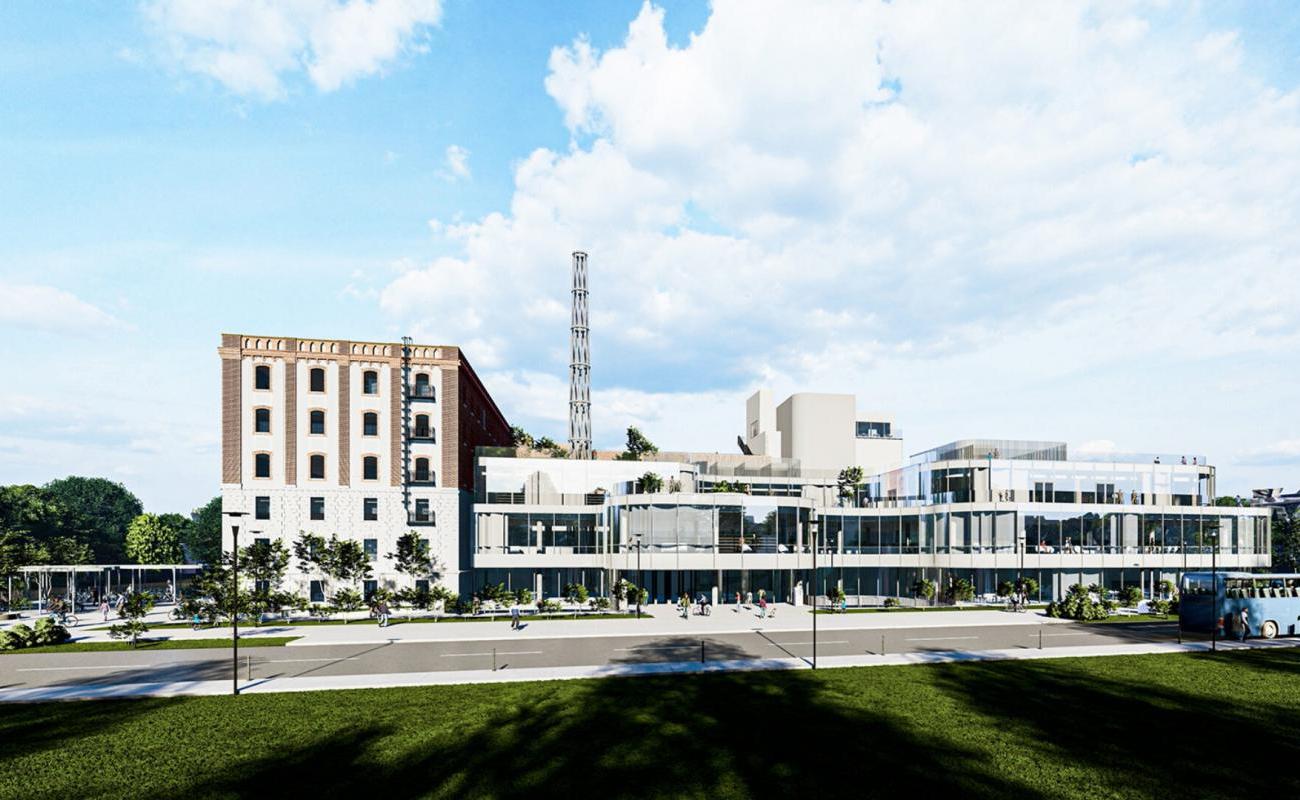85 Million Euro Zagreb Project Recognised by EIB

A massive 85 million euro Zagreb project has been recognised by the European Investment Bank (EIB). With a focus on sustainable energy and lessening the use of fossil fuel, it’s hardly surprising.
As Poslovni Dnevnik/Borivoje Dokler writes, the much anticipated renovation of Paromlin is setting new standards for sustainability and climate resilience in urban development.
this zagreb project has the attention of the eib
This 85 million euro Zagreb project has been recognised by the European Investment Bank (EIB) as 100% climate action, making it the first such infrastructure project in all of Croatia. This special designation means that Paromlin meets the exceptionally strict criteria for reducing greenhouse gas emissions and is being designed with long-term resilience to climate change firmly in mind.
Climate proofing is a crucial process in ensuring infrastructure resilience. Its application allows for the identification and addressing of climate risks even at the initial design stage, thus reducing future rehabilitation and maintenance costs.
The Regional Energy and Climate Agency of North-West Croatia (REGEA) has developed its own climate proofing methodology. That has also been validated by the EIB and used in this Zagreb project. This methodology is currently being used to ensure the climate resilience of various other infrastructure projects, including schools, sports facilities and transport infrastructure.
climate threats as an ongoing issue
This Zagreb project is being designed with renewable energy sources and the reduction of dependence on fossil fuels. It includes a photovoltaic power plant, integration with the Zagreb district heating system, and the use of porous materials for better storm water management. Special attention has also been paid to reducing urban heat islands through the introduction of green areas and materials resistant to thermal stress.
Analysis of climate threats, such as extreme temperatures and flash floods, enabled the adaptation of the project documentation. The structural elements were designed to withstand extreme weather conditions, while green infrastructure contributes to reducing flood risks and increasing the comfort of the space.
Paromlin is otherwise the very first infrastructure project in all of Croatia in which the costs of adapting to climate risks have been monetised. The analysis showcased that investing 2.67 percent of the total investment in climate resilience can significantly reduce future rehabilitation and maintenance costs. This financial sustainability model can serve as a reference for future infrastructure projects across both Croatia and the EU.
Miljenko Sedlar, head of the climate department at REGEA, explained that climate verification is based on the analysis of climate risks for a particular location for all infrastructure whose service life exceeds five years. He noted that the expected intensity and frequency of risks to individual elements of the infrastructure during that expected lifetime are estimated.
“It’s crucial that these risks are adequately addressed in the design and technical documentation and later in the construction and maintenance phase, so that the building is resistant to the expected effects of climate change. I can point out that for most areas in Croatia, an increase in extreme weather events is expected in the form of increasingly strong winds, large amounts of precipitation in a short period of time and an increase in hail.
These are all parameters that absolutely need to be taken into account during the design and execution process, otherwise there’s a possibility of damage to the building,” Sedlar pointed out, adding that so far, they have carried out over 50 climate verification procedures for various types of infrastructure, such as schools, kindergartens, swimming pools, tram lines, solar power plants and more.
“I expect that climate verification will be carried out for all infrastructure projects over a period of time, because it’s necessary. This should be done regardless of funding sources. Imagine if this procedure had actually been carried out for a solar power plant that was recently destroyed by a storm at the foot of the Velebit mountain range?” Sedlar said.
among the best in the european union
The initial methodology used by REGEA was developed in the climate department, and it was improved through the technical assistance of the European Commission via the Cohesion 4 Transition programme, which aims to support the implementation of individual segments of Cohesion Policy. In the process of that improvement, they collaborated with experts from Poland.
“I’ve presented our methodology and experiences on several occasions at the invitation of various institutions working within the European Commission. I can freely say that with climate verification, we’ve raised the bar high, we’re among the best in the EU. We’re taking it all step further, developing a methodology for monetising these adaptation measures, which is certainly one of the future requirements of numerous institutions, primarily development-type creditors such as the European Investment Bank,” concluded Sedlar of the praiseworthy Zagreb project the EIB has its eyes on.
